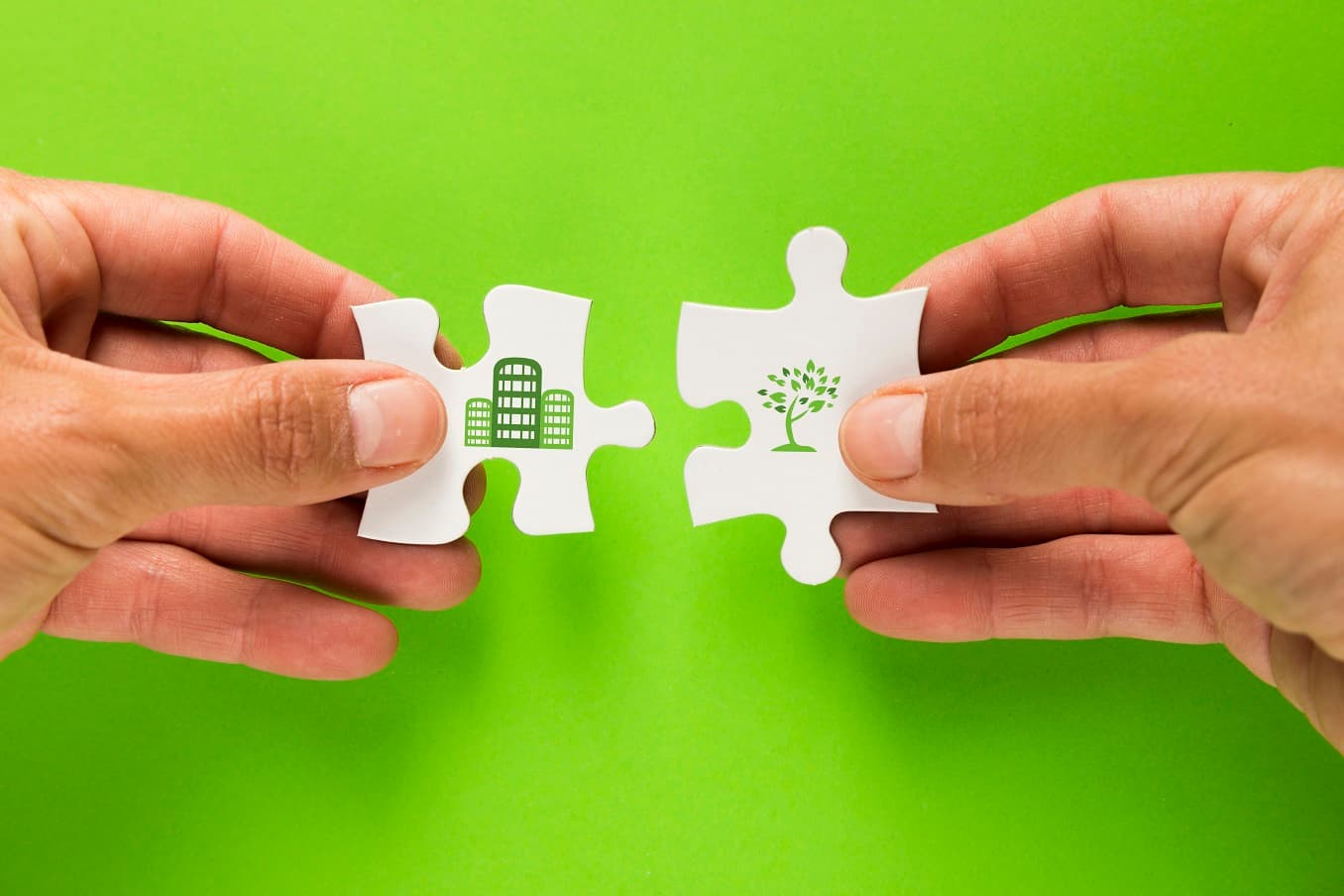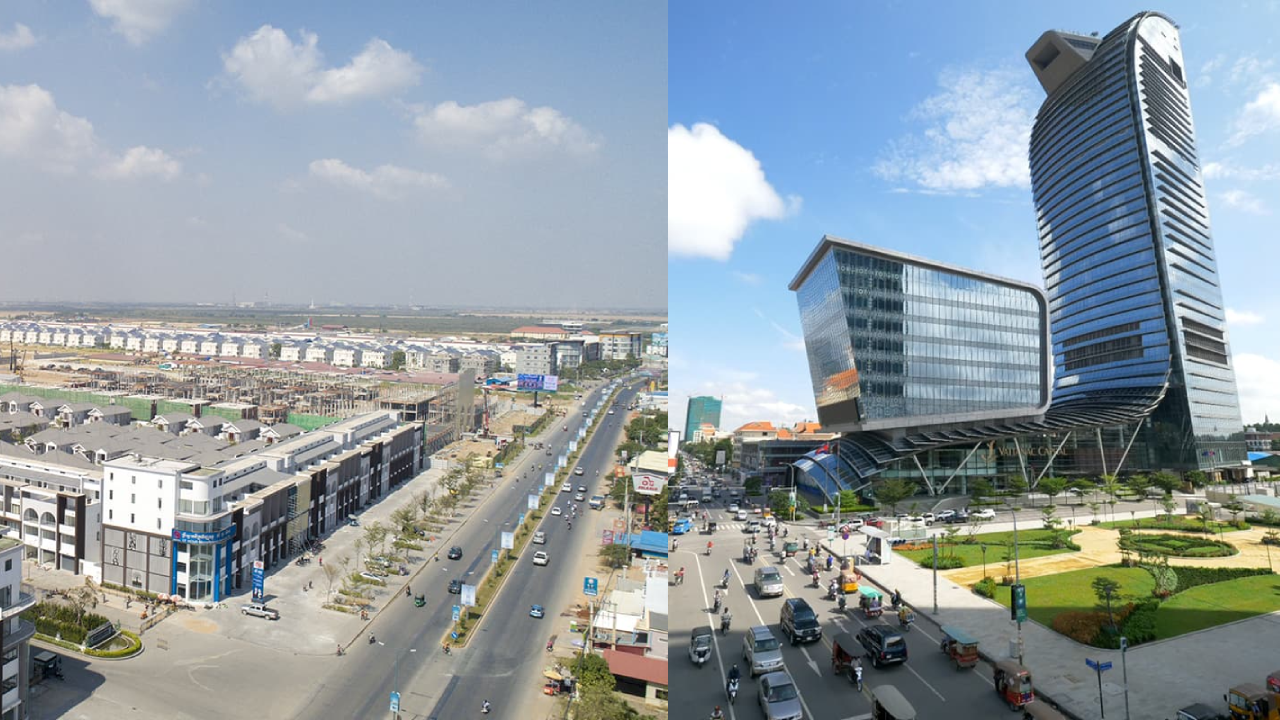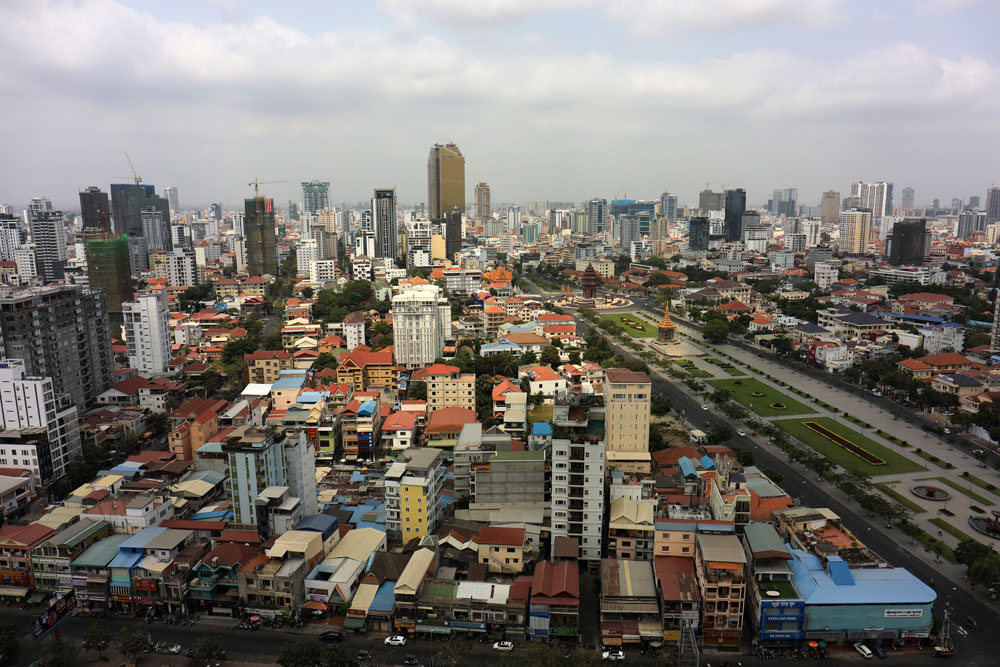Greening the building sector is one of the priorities to ensure sustainable development in Cambodia. But do we really understand what is sustainability? In 1987, the United Nation’s Brundtland Commission defined sustainability as “meeting the needs of the present without compromising the ability of future generations to meet their own needs.”
From the time of humanity’s resource-intensive lifestyle and the Industrial Revolution, the number of greenhouse gases and carbon dioxide emitted into the atmosphere has increased significantly. As a result, global warming and air pollution are occurring. With the Paris Agreement in 2015, the international community agreed to limit global warming to 1.5 to 2 degrees Celsius until 2050. Buildings are responsible for about one-third of global greenhouse gas emissions.
Green building (sometimes called a Sustainable Building) are eco-friendly, have no adverse effects on physical health, and are adapted to the local climate and environment. Green design starts from the planning of the building to the design, construction, and operation process. In other words, it covers lifetime cycle of the building, from the planning of construction to the end of commissioning.
It is estimated that the construction sector accounts for 10% of world GDP, 23% of greenhouse gas emissions, and 40% of material flows. Therefore, green building is not only a major step towards reducing greenhouse gas emissions, but also a revolution in the architectural industry and the environment. Green buildings are economically feasible, eco-friendly, and energy-efficient. They have a long service life, and most importantly, provide us with a comfortable living and working environment.
Green buildings have the following features:
- Energy efficient
- Water-efficient
- Uses renewable energy
- Reduce waste generation and promote recycling
- Good indoor air quality
- Non-toxic and green construction materials
- Economically and environmentally friendly starting from the planning phase to the operation phase
- Adequate parking
- Promote a healthy lifestyle
- Provide a comfortable indoor and outdoor environment
Some of the main elements that make up a green building that incorporates the features mentioned above are the building materials, energy, water, and health requirements which are further explained below.
- Construction materials: The building materials to be used in the green building should be non-toxic, and natural or recycled material. Green buildings should use local materials to reduce transportation costs and transport-related greenhouse gas emissions.
- Energy use: The building design of green projects is optimized to reduce energy use inside the building. In hot and humid climates like Cambodia, small to medium size windows areas is recommended to reduce the solar heat gains and, thus, the cooling demand. Shading devices and high-performance windows can further protect from the sun.
The New Khmer Architecture style developed in the 1950s by Vann Molyvann shows how architectural design can provide comfortable indoor spaces with little need for air-conditioning. Solar panels on the rooftop or the façade of a green building can provide green electricity to the building. Energy management and energy monitoring will ensure that the green building has low energy bills in the long run.
- Water consumption of green buildings: Water consumption in green buildings should be minimized by using water-saving faucets, automated taps, reuse of gray water, and the collection and reuse of rainwater.
- Health: The building must meet the requirements for the use of non-toxic materials, good indoor air quality which helps to prevent allergies and bacterial and virus infections such as COVID-19. Air quality monitoring installed inside the buildings will ensure that mechanical ventilation and cooling system are operating efficiently.
Nowadays, there are specialized organizations and individuals who provide advice on green building planning and operation. Green building professionals understand synergies among professions, building systems, the environment, opportunities for economic development, and occupant wellbeing. They support building developers, architects, building planners, and engineers to optimize the building project with the goal to make it a profitable investment with the highest quality.
*This article is written by Susanne Bodach, Managing Director of BEE Incorporations Cambodia





Comments